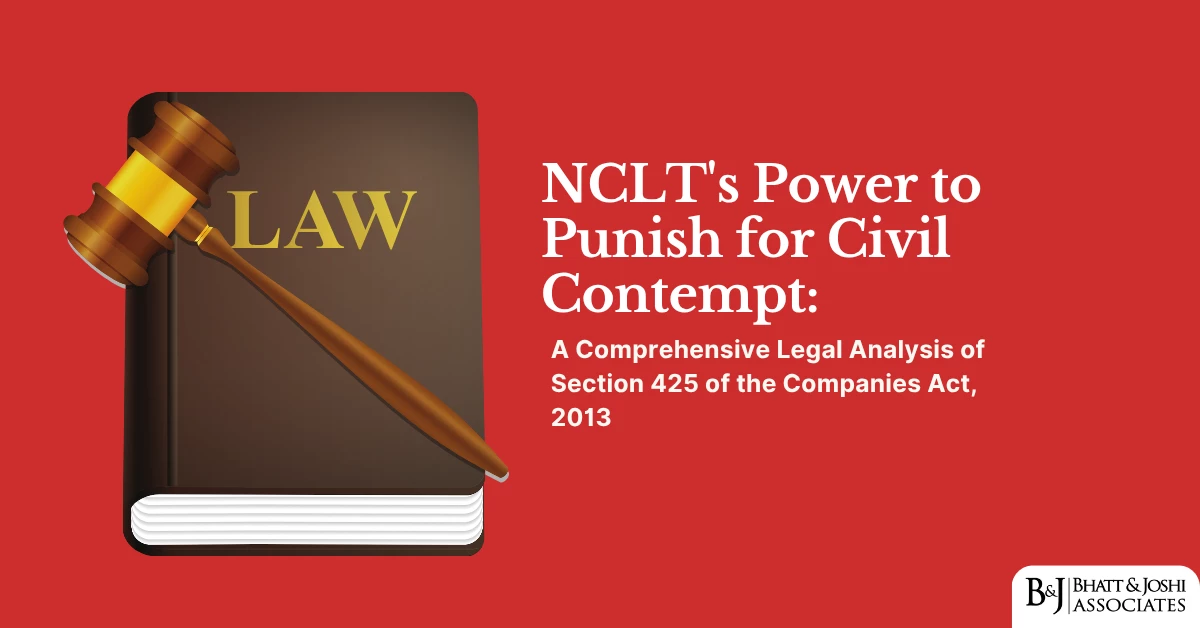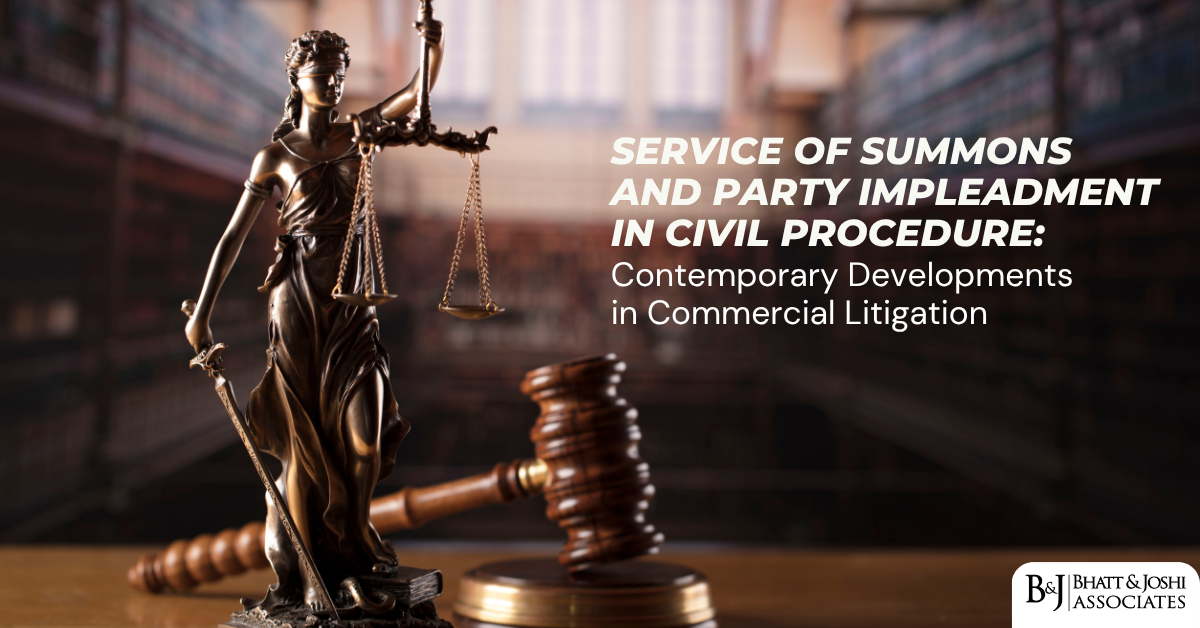Introduction
Travelling with Gold and precious jewelry across international borders remains one of the most scrutinized aspects of customs administration in India. The regulatory framework governing such movements encompasses multiple layers of legislation, administrative rules, and judicial interpretations that have evolved significantly over the decades. Understanding these complex provisions is essential for travelers, legal practitioners, and customs officials alike to ensure compliance and avoid potential legal complications.
The Customs Act, 1962 [1], along with the Baggage Rules, 2016 [2], forms the cornerstone of India’s customs regulatory framework for personal importation of gold and jewelry. These regulations have been shaped by numerous judicial pronouncements and administrative clarifications that continue to influence their practical application. The interplay between statutory provisions, administrative guidelines, and judicial interpretations creates a complex legal landscape that requires careful navigation.
Regulatory Framework Under the Customs Act, 1962
Fundamental Provisions for Customs Clearance
The Customs Act, 1962 establishes the foundational legal framework for all customs operations in India. Every passenger entering India must undergo customs inspection and declare the contents of their baggage through the prescribed Indian Customs Declaration Form. The Act provides for a two-channel system at airports: the Green Channel for passengers carrying non-dutiable goods and the Red Channel for those with dutiable items [3].
Section 77 of the Customs Act mandates that “the owner of any baggage shall, for the purpose of clearing it, make a declaration of its contents to the proper officer” [4]. This requirement forms the basis for all customs clearance procedures and establishes the legal obligation for truthful disclosure of imported items.
Confiscation Provisions Under Section 111
Section 111 of the Customs Act, 1962 provides comprehensive grounds for confiscation of improperly imported goods. The section stipulates that goods brought from outside India shall be liable to confiscation under various circumstances, including when they are “imported or attempted to be imported contrary to any prohibition imposed by or under this Act” or when there are “dutiable or prohibited goods which are not included or are in excess of those included in the entry made under this Act, or in the case of baggage in the declaration made under section 77” [5].
The scope of Section 111 is extensive and covers situations where goods are found concealed, misdeclared, or imported in violation of applicable restrictions. Importantly, the provision applies not only to completely prohibited items but also to goods that exceed permitted limits or are imported without proper declaration.
Penalty Framework Under Section 112
Section 112 establishes the penalty structure for improper importation of goods. Any person who commits acts or omissions that would render goods liable to confiscation under Section 111 becomes subject to monetary penalties. The section provides for penalties “not exceeding the value of the goods or five thousand rupees, whichever is the greater” for prohibited goods, and similar structures for dutiable goods and cases involving misdeclaration of value [6].
The penalty provisions operate independently of confiscation proceedings, meaning that both confiscation and penalty can be imposed simultaneously for the same violation.
The Baggage Rules, 2016: Specific Provisions for Gold and Jewelry
General Allowances for Passengers
Rule 3 of the Baggage Rules, 2016 establishes different allowances based on the passenger’s status and country of origin. An Indian resident or foreigner residing in India arriving from countries other than Nepal, Bhutan, or Myanmar is entitled to duty-free clearance of articles up to fifty thousand rupees carried on person or in accompanied baggage, excluding items listed in Annexure-I [7].
For tourists of foreign origin, the allowance is limited to fifteen thousand rupees worth of articles, again excluding Annexure-I items. These provisions create a tiered system that recognizes different categories of travelers and their legitimate needs for personal effects.
Specific Jewelry Allowances Under Rule 5
Rule 5 provides specific provisions for jewelry importation by passengers who have resided abroad for more than one year. Such passengers are permitted to bring jewelry up to twenty grams with a value cap of fifty thousand rupees for male passengers, or forty grams with a value cap of one lakh rupees for female passengers [8].
These allowances represent a recognition of the cultural significance of gold jewelry in Indian society while establishing reasonable limits to prevent commercial abuse of the baggage provisions.
Prohibited Items Under Annexure-I
Annexure-I to the Baggage Rules specifically lists “Gold or silver in any form other than ornaments” as a prohibited item for general baggage allowances [9]. This distinction between ornaments and other forms of precious metals is crucial for understanding the scope of permissible imports under the baggage rules.
Judicial Interpretations and Legal Precedents
The Principle of Statutory Vagueness
The Supreme Court of India in Kartar Singh v. State of Punjab established fundamental principles regarding statutory clarity and the constitutional requirement for precise legal definitions. The Court held that “an enactment is void for vagueness if its prohibitions are not clearly defined” and emphasized that “laws should give the person of ordinary intelligence a reasonable opportunity to know what is prohibited, so that he may act accordingly” [10].
This principle has significant implications for customs law interpretation, particularly regarding the boundaries between permissible and prohibited conduct in gold importation.
Personal Effects vs. Baggage Distinction
The Kerala High Court in Vigneswaran Sethuraman v. Union of India made a crucial distinction regarding jewelry worn by passengers versus items carried in baggage. The Court held that “the body of a passenger is not ‘baggage'” and therefore “gold ornaments worn by passengers need not be declared” under the existing baggage rules framework [11].
This decision has been influential in subsequent cases and represents an important judicial interpretation of the scope of baggage rules application.
Confiscation and Redemption Principles
The Supreme Court in Commissioner of Customs, Bombay v. M/s Elephanta Oil and Industries Ltd. clarified the relationship between confiscation under Section 111 and penalty provisions under Section 112. The Court held that both provisions “operate in different fields” and that the power to impose penalties is distinct from confiscation powers [12].
The Court further established that Section 125 empowers authorities to offer redemption options but emphasized that such discretion must be exercised judiciously and in accordance with legal principles.
Administrative Guidelines and Enforcement Practices
Central Board of Indirect Taxes and Customs Circulars
The Central Board of Indirect Taxes and Customs (CBIC) has issued various circulars providing guidance on gold confiscation policies. Notably, Letter No. 495/5/92-CUS-VI dated 10.5.93 instructed that non-declaration of gold, even by passengers otherwise eligible to import gold, should result in absolute confiscation [13].
These administrative guidelines play a crucial role in determining how statutory provisions are implemented in practice and often influence the outcomes of individual cases.
Distinction Between Prohibited and Restricted Goods
Section 2(33) of the Customs Act defines prohibited goods as items whose import or export is subject to prohibition, but excludes goods where conditions for permitted import or export have been complied with [14]. This distinction is crucial for understanding when Section 125 redemption options must be offered versus when they may be denied.
Gold generally falls into the category of restricted rather than absolutely prohibited goods, which has significant implications for the availability of redemption options under Section 125.
Option to Pay Fine Under Section 125
Mandatory vs. Discretionary Application
Section 125 of the Customs Act provides that when confiscation is authorized, the adjudicating officer “may, in the case of any goods, the importation or exportation whereof is prohibited under this Act or under any other law for the time being in force, and shall, in the case of any other goods, give to the owner of the goods an option to pay in lieu of confiscation such fine as the said officer thinks fit” [15].
The use of “may” for prohibited goods versus “shall” for other goods creates a crucial distinction in the application of redemption options. For most gold-related cases, where the goods are restricted rather than absolutely prohibited, the option must be provided.
Calculation and Limitations of Redemption Fine
The proviso to Section 125(1) establishes that redemption fines “shall not exceed the market price of the goods confiscated, less in the case of imported goods the duty chargeable thereon” [16]. This provision ensures that redemption fines remain proportionate to the value of the goods involved.
Additionally, Section 125(2) clarifies that payment of redemption fine does not eliminate liability for applicable duties and charges, which must be paid separately.
Recent Judicial Developments and Evolving Interpretations
Delhi High Court Clarifications on Personal Jewelry
Recent decisions by the Delhi High Court have refined the understanding of personal jewelry versus newly acquired items. The Court has distinguished between “personal jewelry” that was already in possession before travel and jewelry acquired during the overseas trip, with different treatment accorded to each category [17].
These developments reflect the evolving nature of customs law interpretation in the context of travelling with Gold and highlight the ongoing efforts to balance enforcement objectives with legitimate passenger rights.
Challenges to Baggage Rules Application
Courts have increasingly questioned the broad application of Baggage Rules to all forms of jewelry, particularly in the context of travelling with gold, where items are worn rather than packed. The emphasis on the manner of carrying (worn vs. concealed) has become a significant factor in determining the applicable legal framework.
Procedural Safeguards and Due Process Requirements
Declaration Requirements and Procedures
The customs declaration process serves as the first line of legal protection for passengers. Proper declaration, even when goods exceed allowable limits, often results in more favorable treatment than non-declaration. The legal framework generally provides for payment of applicable duties rather than outright confiscation when goods are properly declared.
Time Limitations for Redemption Options
Section 125(3) establishes that redemption options must be exercised within 120 days of being offered, after which the option becomes void unless an appeal is pending [18]. This time limitation ensures that confiscation proceedings conclude within reasonable timeframes while providing adequate opportunity for redemption.
Compliance Recommendations and Best Practices
Pre-Travel Planning and Documentation
When travelling with gold, travelers should maintain proper documentation of jewelry ownership, particularly for valuable items that may exceed baggage allowances. Export certificates obtained at departure can facilitate re-import of the same items without additional duty liability.
Declaration Strategies
When travelling with gold or jewelry that may exceed allowable limits, proper declaration through the Red Channel—combined with a willingness to pay applicable duties—generally results in more favorable outcomes than attempting to pass through the Green Channel without declaration.
Legal Representation in Enforcement Actions
Given the complexity of customs law and the significant financial implications of confiscation proceedings, engaging qualified legal counsel at the earliest stage of any enforcement action is strongly advisable.
Customs Reforms for Travelling with Gold
Need for Updated Valuation Standards
The value caps established in the Baggage Rules, 2016 have become increasingly outdated due to rising gold prices. Current limits often result in confiscation of even modest jewelry items, suggesting a need for periodic revision of these standards.
Standardization of Enforcement Practices
The variation in enforcement practices across different customs locations creates uncertainty for travelers. Development of standardized operating procedures could improve consistency and predictability in customs administration.
Integration of Technology Solutions
Modern customs administration increasingly relies on technology for risk assessment and processing efficiency. Integration of such solutions in jewelry and gold processing could improve both enforcement effectiveness and passenger convenience.
Conclusion
The legal framework governing travelling with gold and jewelry in India represents a complex intersection of statutory provisions, administrative guidelines, and judicial interpretations. While the basic structure provided by the Customs Act, 1962 and Baggage Rules, 2016 remains sound, ongoing judicial developments continue to refine the practical application of these provisions.
Successful navigation of this regulatory landscape requires a thorough understanding of both the letter and spirit of applicable laws, careful attention to procedural requirements, and awareness of evolving judicial interpretations. As enforcement practices continue to develop and international travel patterns involving travelling with gold become more common, the legal framework will likely require further refinement to balance legitimate enforcement objectives with the protection of passenger rights.
The emphasis on proper declaration, proportionate enforcement, and due process protection evident in recent judicial decisions suggests a maturing approach to customs administration that seeks to achieve compliance through clarity and fairness rather than arbitrary enforcement. This evolution benefits both travelers and the broader objectives of effective customs administration.
References
[1] The Customs Act, 1962, Act No. 52 of 1962, available at https://www.indiacode.nic.in/bitstream/123456789/15359/1/the_customs_act,_1962.pdf
[2] Baggage Rules, 2016, Notification No. 30/2016-Customs (N.T.) dated 01.03.2016, available at https://www.referencer.in/Baggage_Rules/Baggage_Rules_2016.aspx
[3] The Customs Act, 1962, Section 77, available at https://indiankanoon.org/doc/1384041/
[4] Ibid.
[5] The Customs Act, 1962, Section 111, available at https://indiankanoon.org/doc/1384041/
[6] The Customs Act, 1962, Section 112, available at https://taxguru.in/custom-duty/seizure-confiscation-customs-act-1962.html
[7] Baggage Rules, 2016, Rule 3, available at https://bhattandjoshiassociates.com/customs-not-an-excuse-provisions-of-customs-act-to-know-while-travelling-and-importing-gold-jewellery-in-india/
[8] Ibid., Rule 5.
[9] Baggage Rules, 2016, Annexure-I, available at https://www.nriguides.com/indian-customs-gold-duty-allowance-rules/
[10] Kartar Singh v. State of Punjab, (1994) 3 SCC 569, available at https://indiankanoon.org/doc/1813801/
[11] Vigneswaran Sethuraman v. Union of India, WP(C).No. 6281 of 2014, Kerala High Court
[12] Commissioner of Customs, Bombay v. M/s Elephanta Oil and Industries Ltd., (2003) 1 SCC 520, available at https://www.latestlaws.com/latest-caselaw/2003/january/2003-latest-caselaw-46-sc/
[13] Ibid.
[14] The Customs Act, 1962, Section 2(33), available at https://www.cagmc.com/blog/offenses-and-penal-provisions-under-customs-act-1962/
[15] The Customs Act, 1962, Section 125, available at https://indiankanoon.org/doc/109772/
[16] Ibid.
[17] Personal Jewellery Cases, Delhi High Court, available at https://www.livelaw.in/tax-cases/personal-eefects-exempt-from-custom-duty-exclude-jewellery-not-personal-jewellery-delhi-hc-277214
[18] The Customs Act, 1962, Section 125(3), available at https://lawgist.in/customs-act/125
PDF Links to Download Full Judgement
- https://bhattandjoshiassociates.s3.ap-south-1.amazonaws.com/judgements/A1962-52.pdf
- https://bhattandjoshiassociates.s3.ap-south-1.amazonaws.com/judgements/Kartar_Singh_vs_State_Of_Punjab_on_11_March_1994.PDF
- https://bhattandjoshiassociates.s3.ap-south-1.amazonaws.com/judgements/Vigneswaran_Sethuraman_vs_Union_Of_India_on_6_October_2006.PDF
- https://bhattandjoshiassociates.s3.ap-south-1.amazonaws.com/judgements/Collector_Of_Customs_Bombay_vs_M_S_Elephanta_Oil_And_Industries_Ltd_on_31_January_2003.PDF
Authorized by Prapti Bhatt














